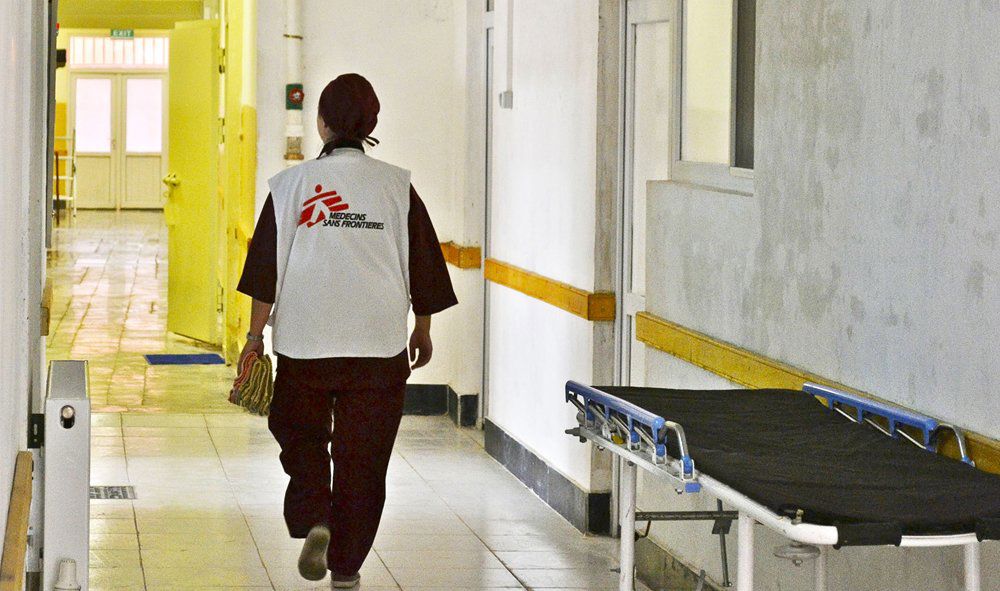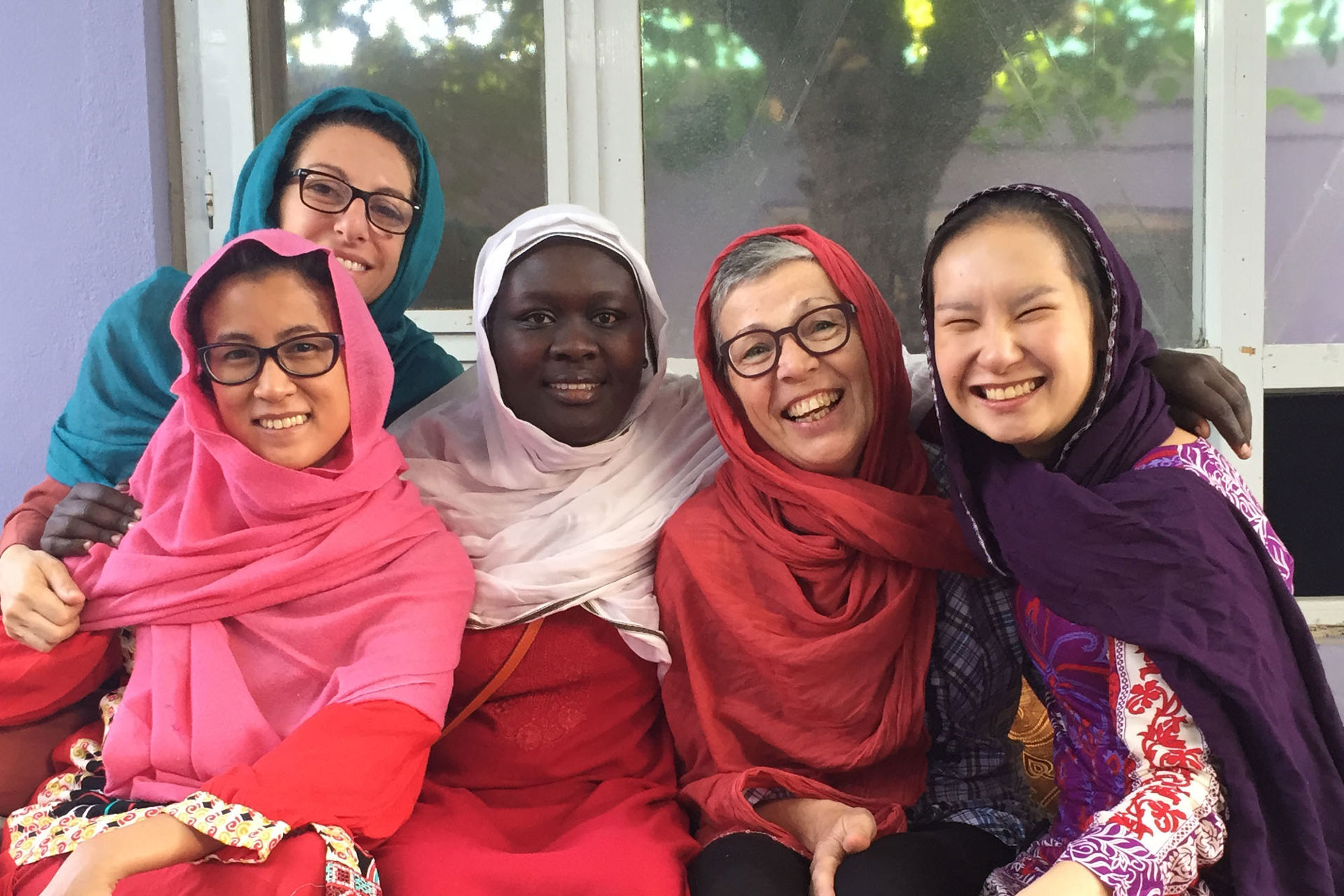Just my luck.
Despite coming from a fairly hot and humid Asian city I do not handle heat well. The weather here is stiflingly hot in the summer but the basement of the guesthouse was cool enough for me to sleep soundly through the night. Lucky me - I had barely slept in the past two nights starting with a late night landing in Dubai, early morning wakeup to the consulate followed by a midnight departure to the airport for the onward flight.
I woke up early to noise of the morning traffic outside. After a quick bite we set off again to the hospital for the morning meeting and ward rounds. The local Gynecologist on morning shift was excellent and dependable, I was told. Rounds proceeded smoothly and I had the chance to explore the wards, making mental notes and comparison to the Khost project.
Mariko (Gynecologist) was interrupted shortly thereafter with a preterm patient who came in with abdominal pain. She has had five babies before, all girls. Her complexion was pale as a bedsheet and was shifting uncomfortably in the bed. Unfortunately the baby had already died and there was a large collection of blood clots behind the placenta – it was placental abruption, where the placenta separated from the uterus before delivery. We wanted to avoid a C-section as the baby was already dead so we kept her under close observation while starting medication to speed up the labour.
By mid-morning we already had another complicated delivery and discharged a patient carrying an abnormal baby – she wanted to come back at a later date.
Just when things were calming down, the local Gynecologist noticed that the patient had started to bleed heavily. Although her blood pressure was still holding up well we had no choice but to proceed to a C-section to deliver the baby quickly.
By the time she reached the operating theater the patient had bled half liter blood. We worked quickly and as the baby was delivered we found another liter of blood and clots behind the placenta. The uterus refused to contract after the delivery and a last ditch effort to put a balloon tamponade inside the uterus failed - she just kept bleeding out.
She had lost more than half of the blood in her body at this point but had received only 2 units of transfusion. The next unit was not ready yet and we had to do something. Mariko and I decided for the last resort of a hysterectomy. It was a difficult operation – she was bleeding everywhere!
After much sweat on our part we managed to complete the surgery. But we needed more matched blood for transfusion. Her husband had already donated and the Central Blood Bank to get a component of blood was 2-3 hours away.
Whilst we waited for additional blood transfusion, the bleeding didn’t stop – the blood in the surgical drain was like water – it wasn’t clotting at all. She had lost almost all of her blood volume by now and the blood replacement was not coming fast enough. Was it DIC** or bleeding from elsewhere? There was no way of knowing – this was the limitation we had.
In the end our blood bank managed to find more blood for her – some from the bank and some from new donors. We decided to transfuse and stabilize her before sending her to another regional hospital which had more intensive support available. Just before the transfer, the ongoing blood loss seemed to have slowed down and our hopes were up. As we closed the door of the ambulance, I whispered a little prayer for her - hoping she would arrive in good time and in good shape.
We were hit with a welcome cool breeze as we hurried to get into the car for the guesthouse. The sun was about to set - it was Ramadan and nearing Iftar when the community would break the fast together. Just as I step into the dining room, the calls for prayers rang. I too, like everyone, took my first cup of water and bite of food to celebrate the end of this long day.
**DIC – disseminated intravascular coagulation, when the normal clotting process in the body is disrupted and diffuse bleeding occurs. Causes include massive blood loss and obstetric related conditions such as placental abruption, pre-eclampsia and intrauterine fetal death.



